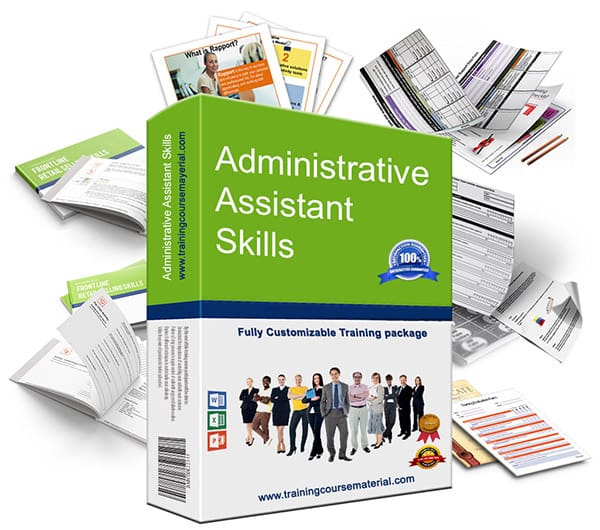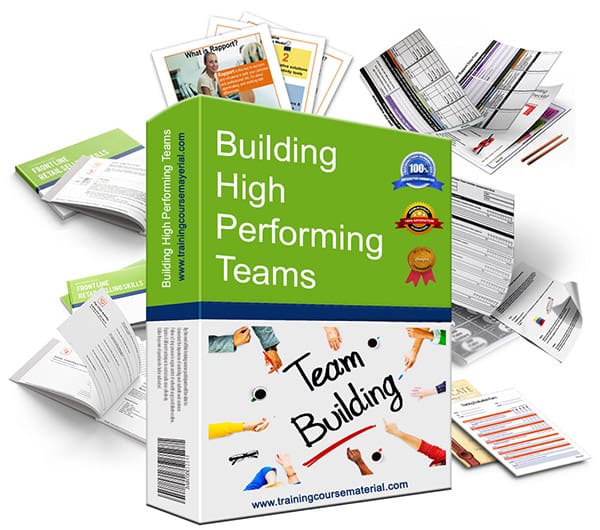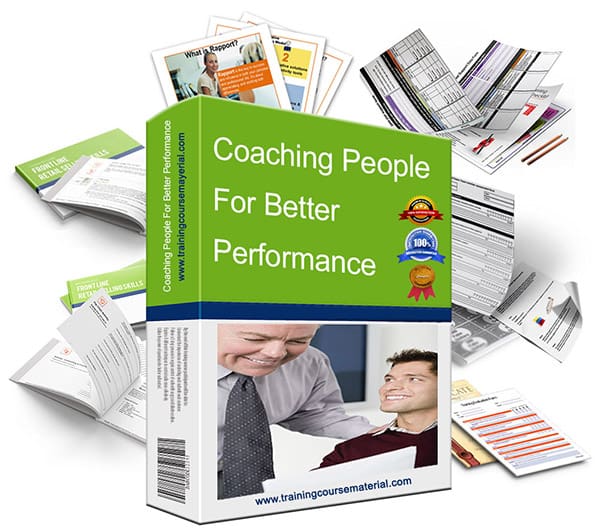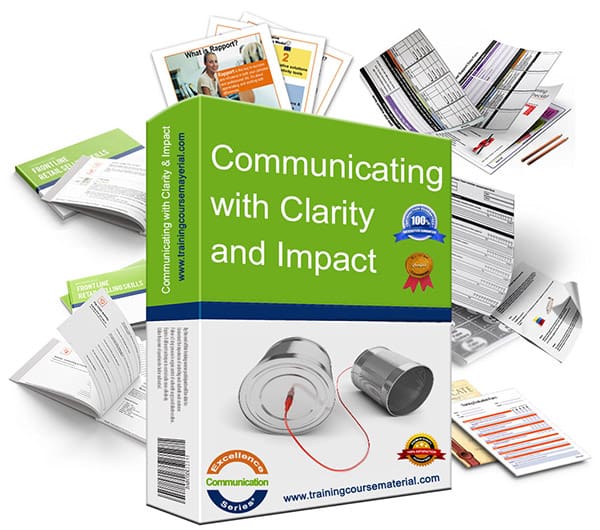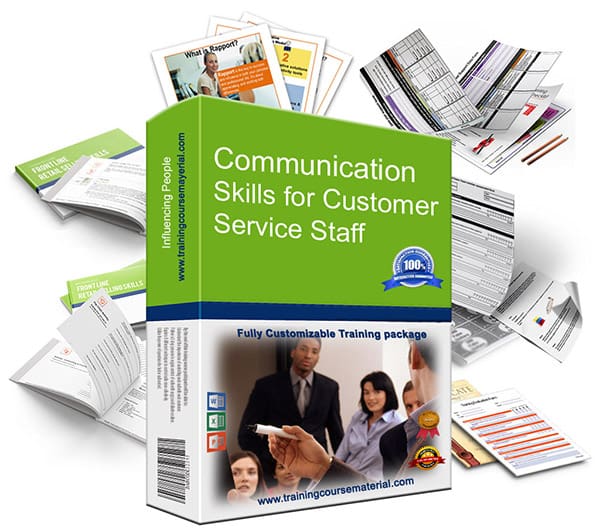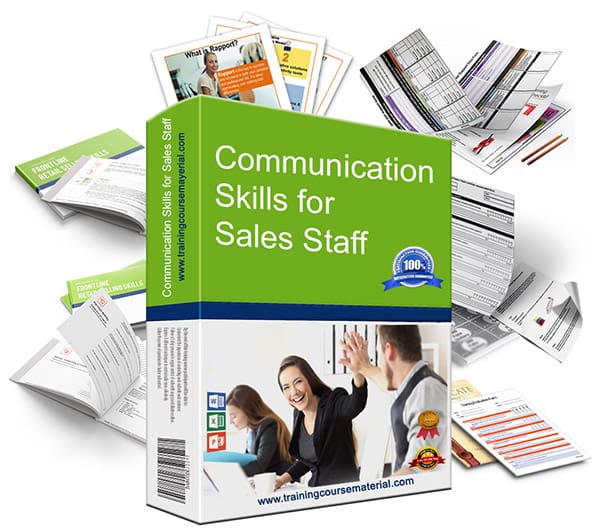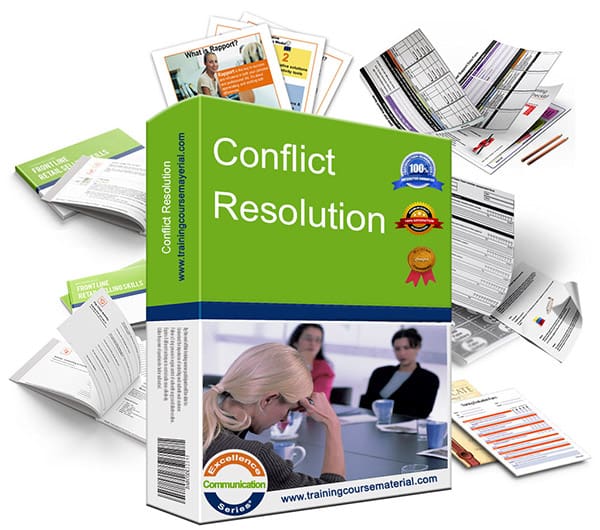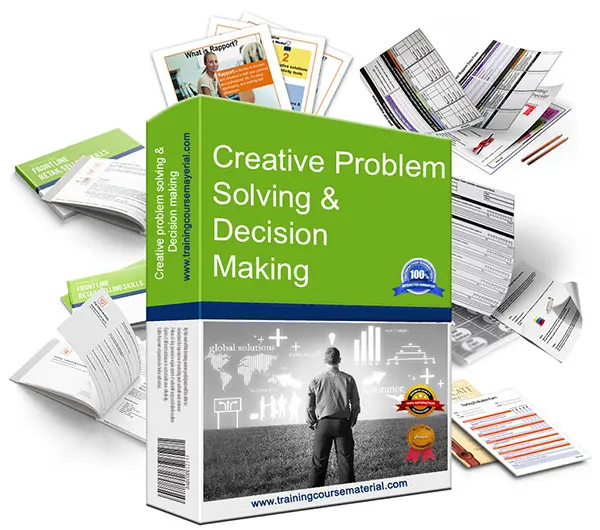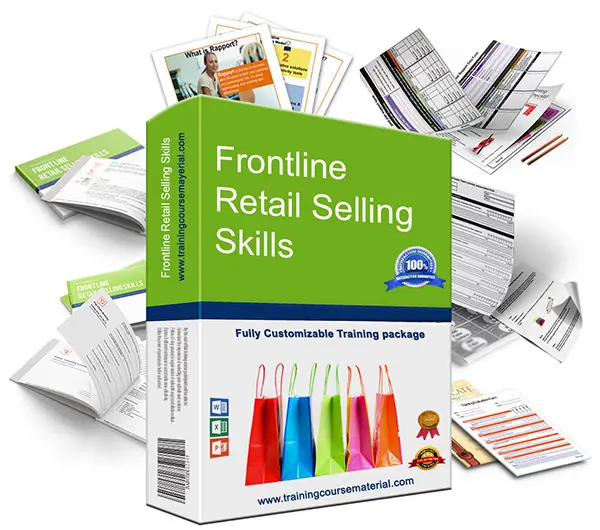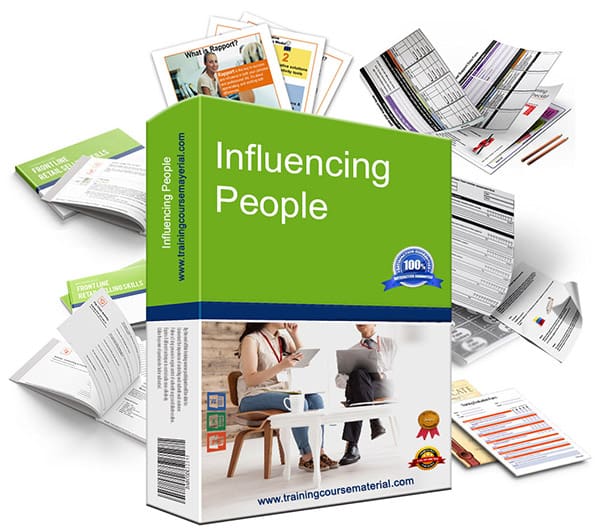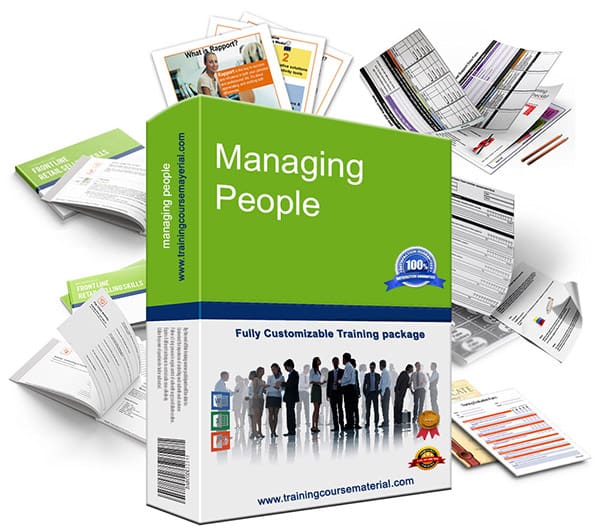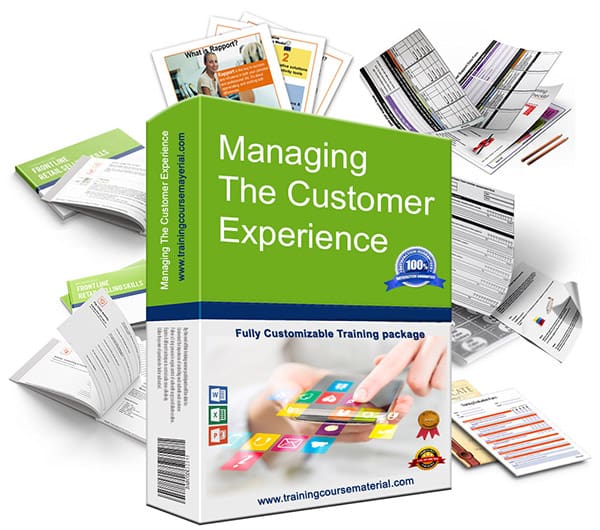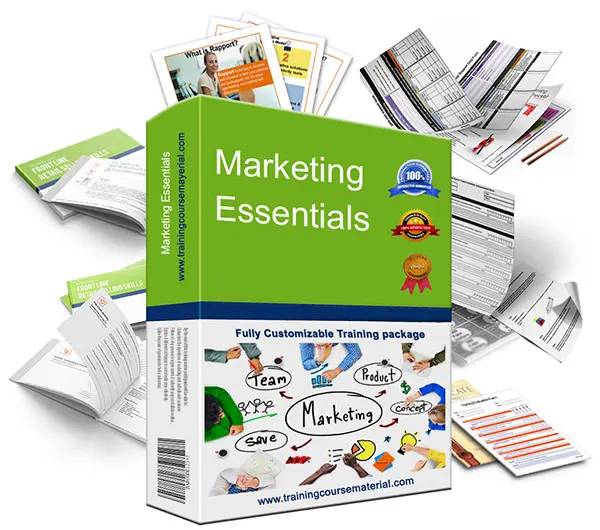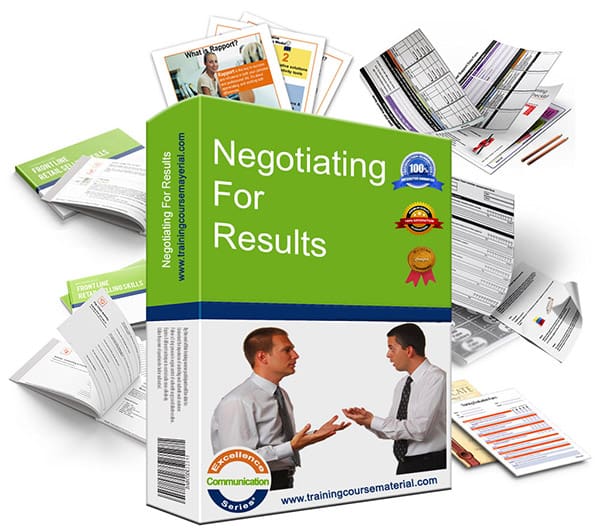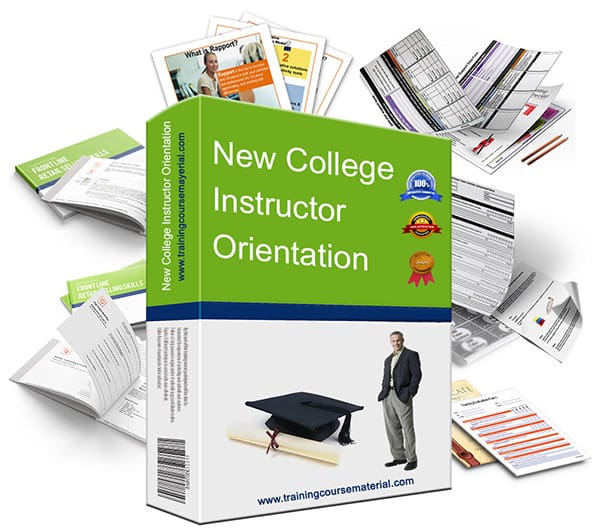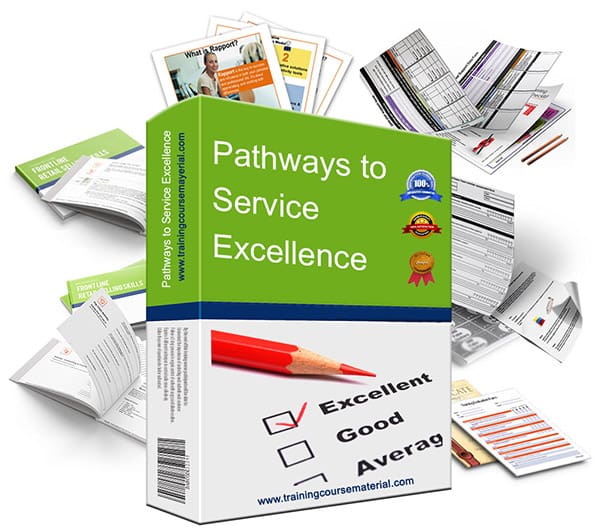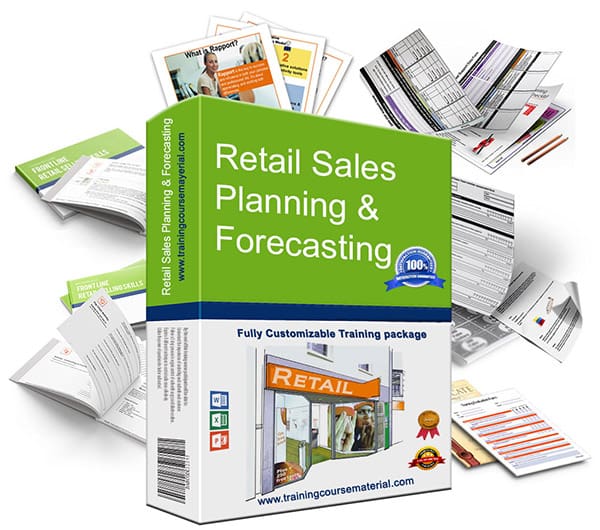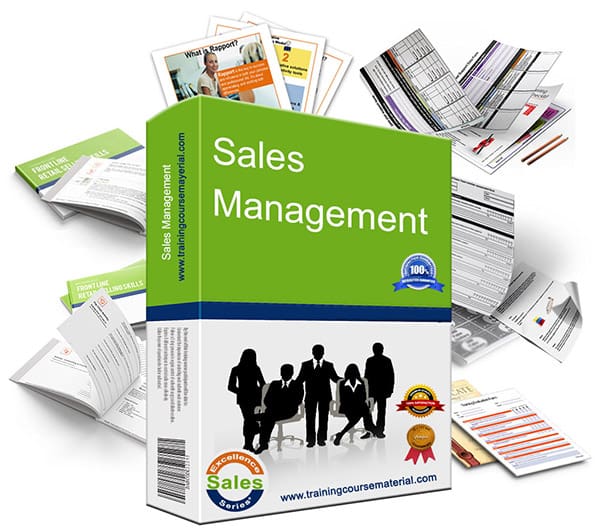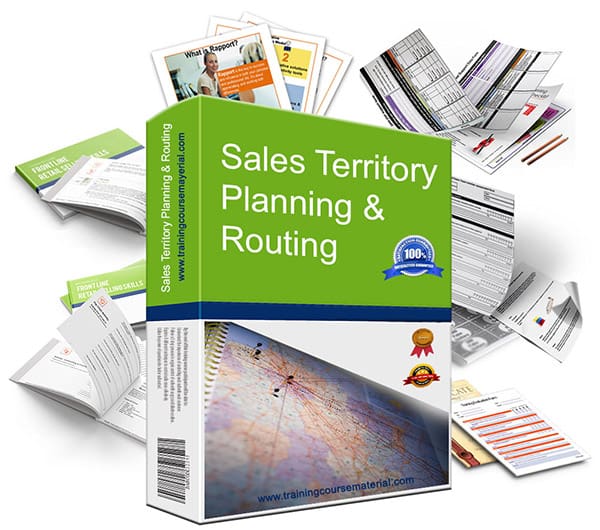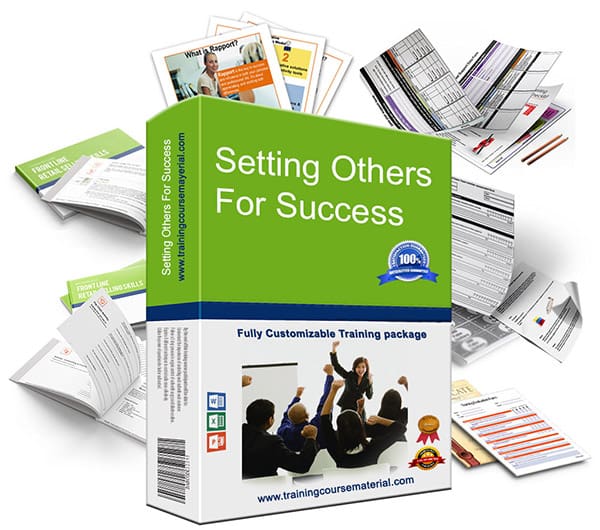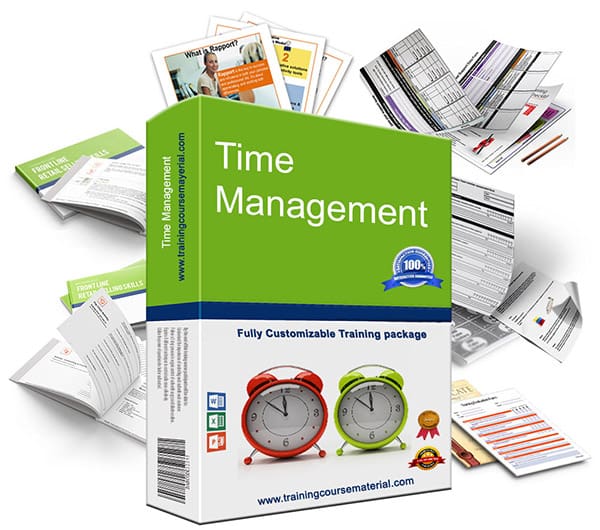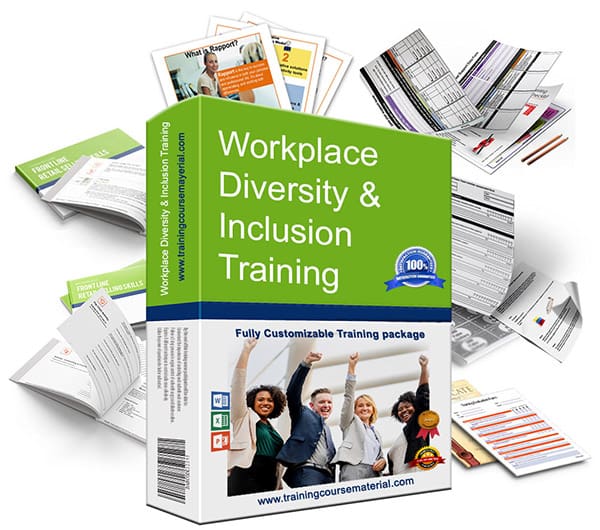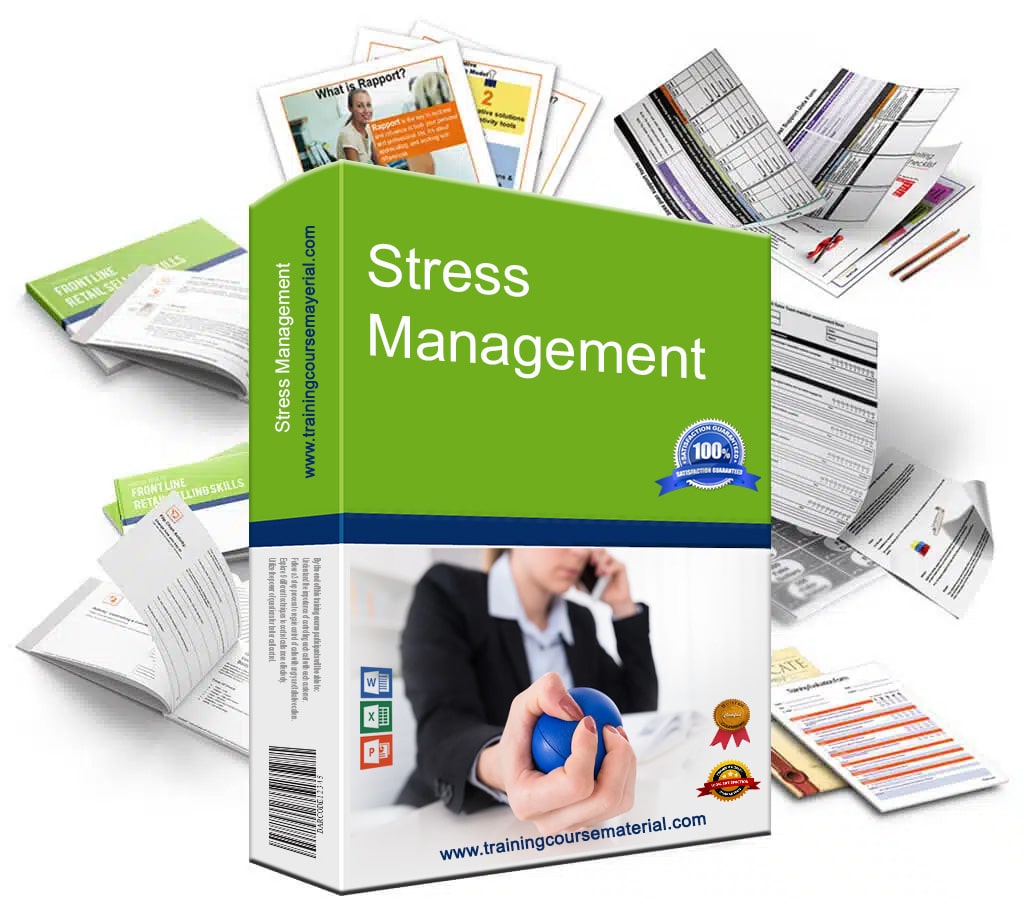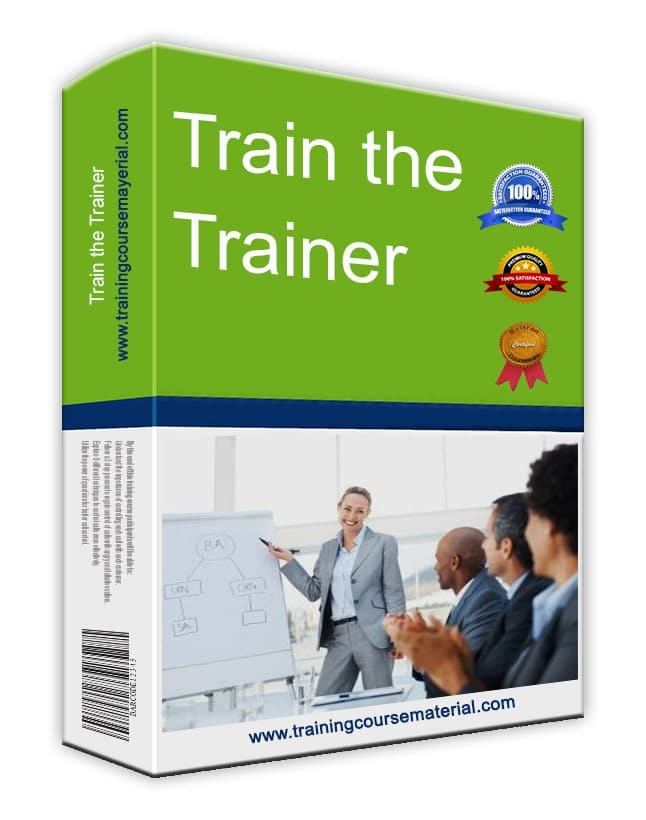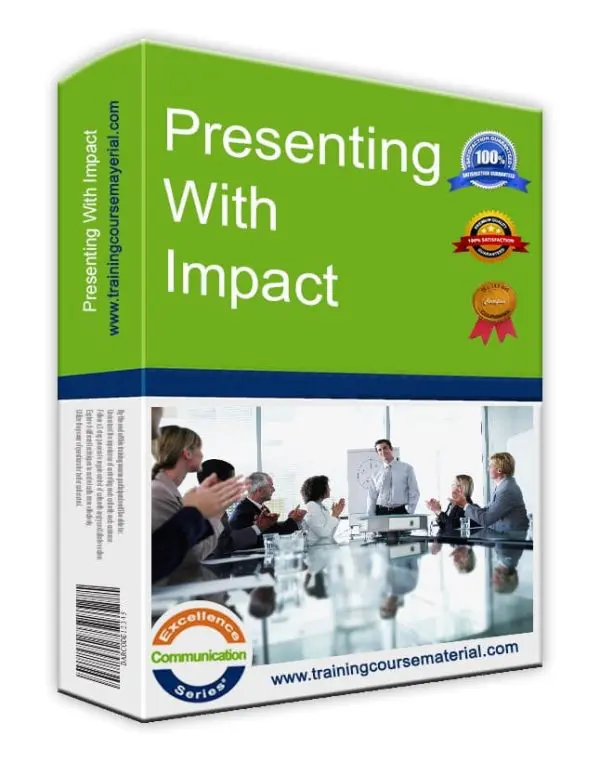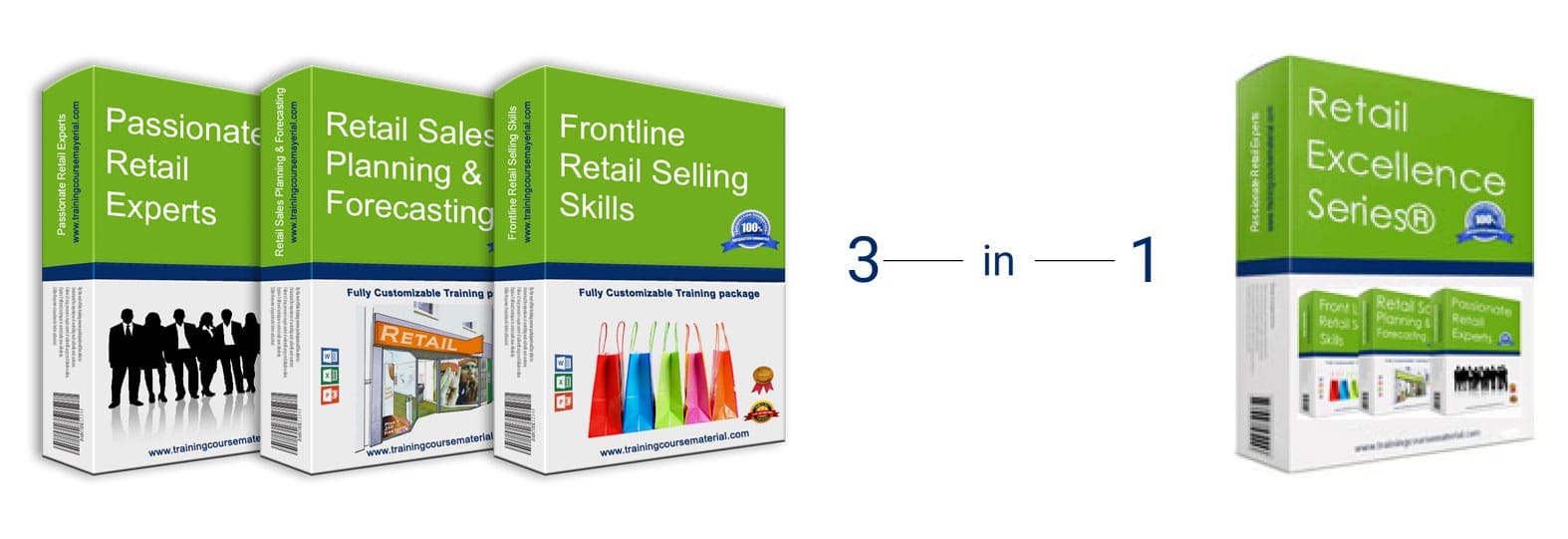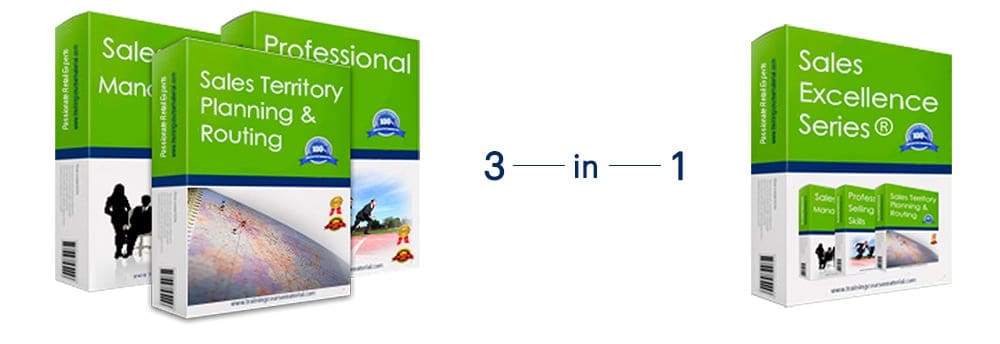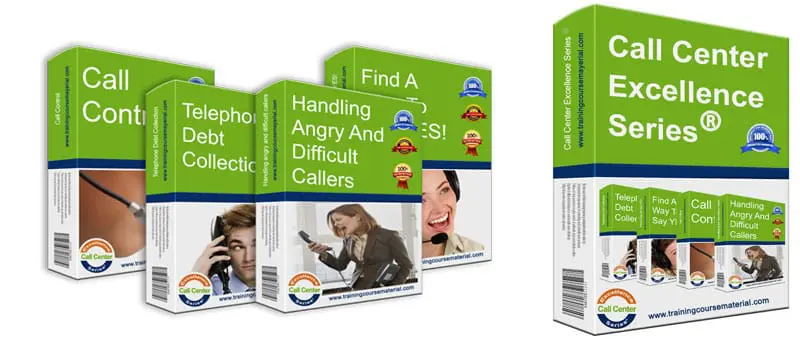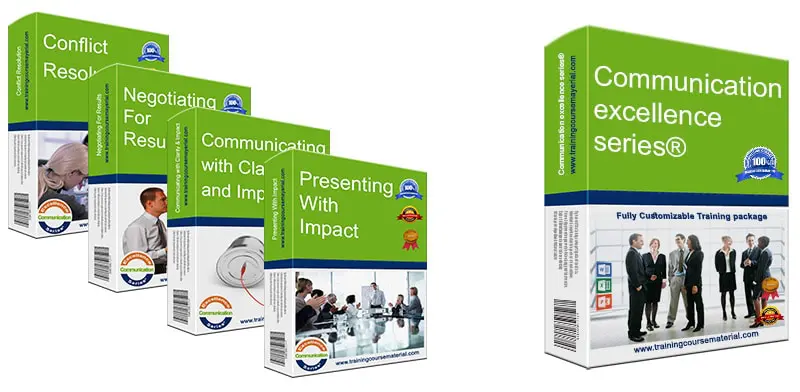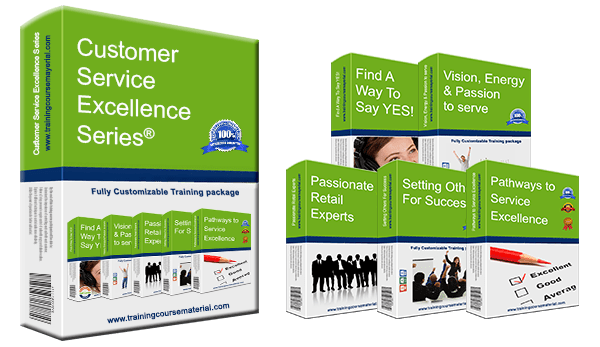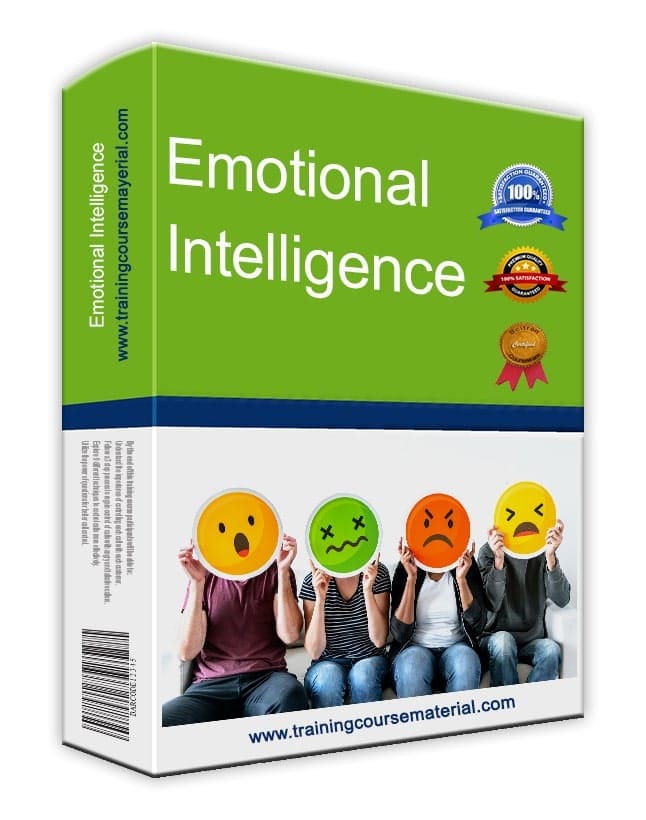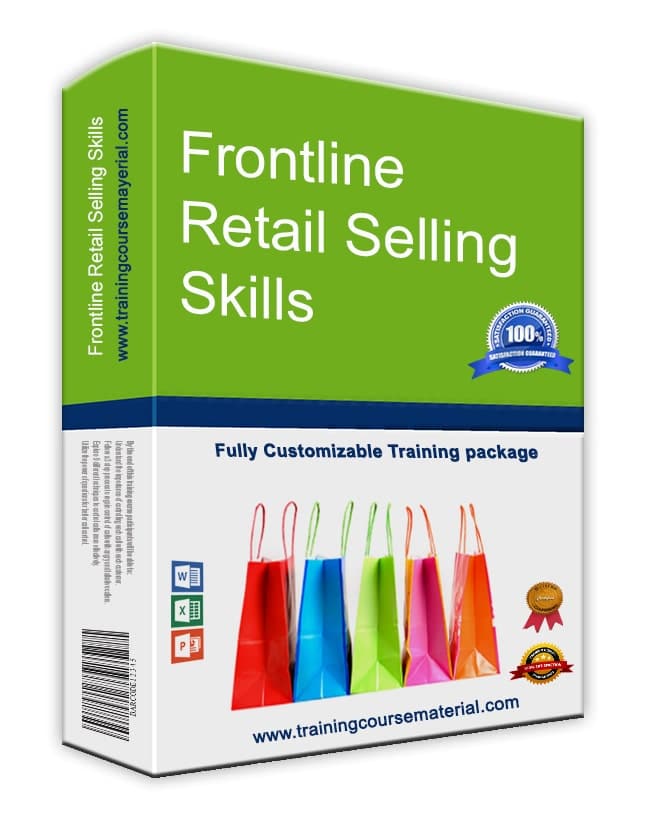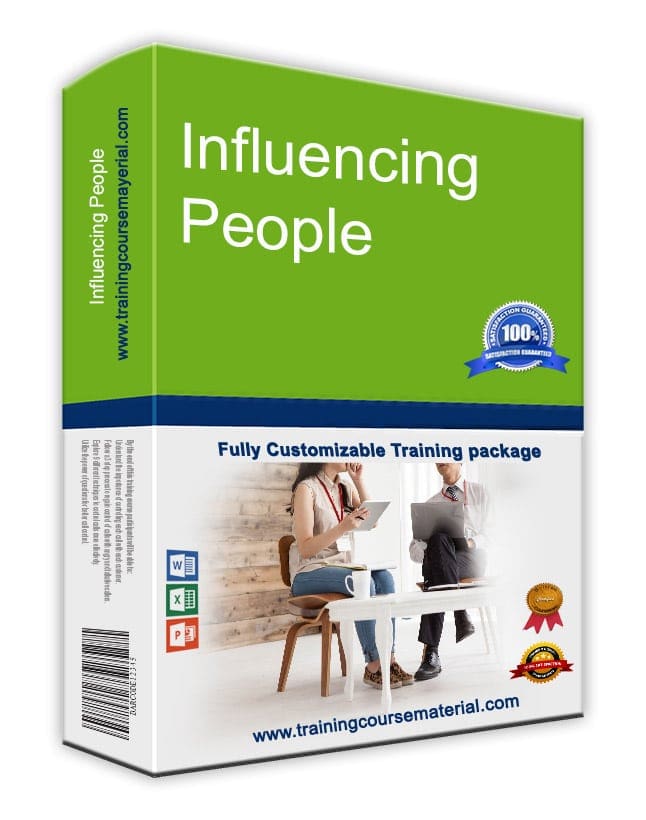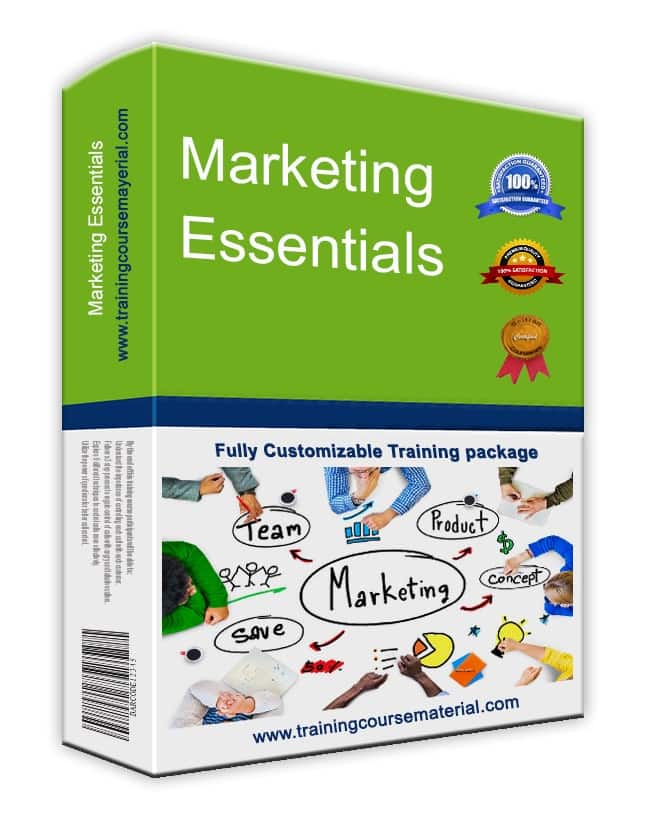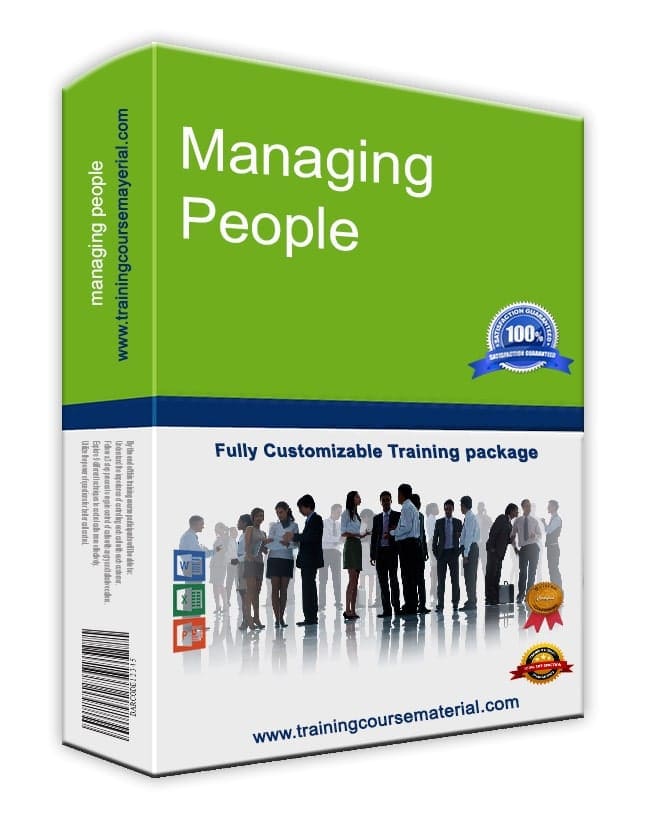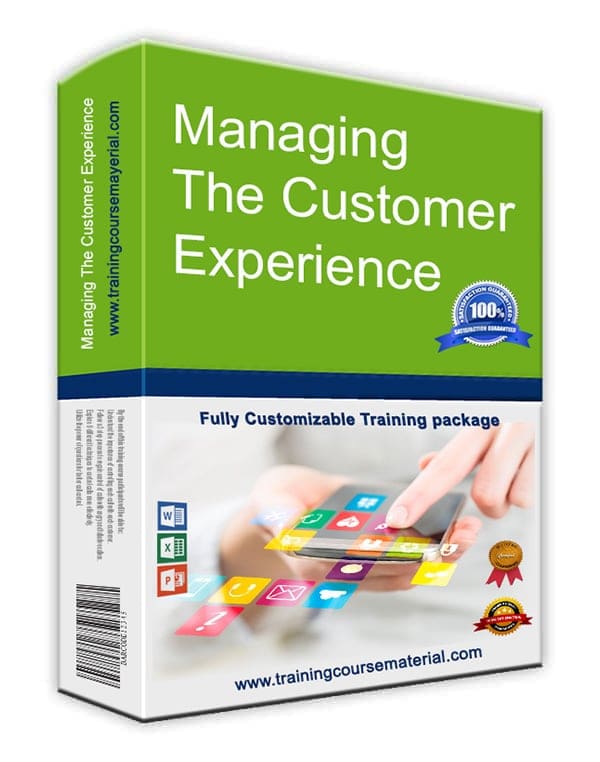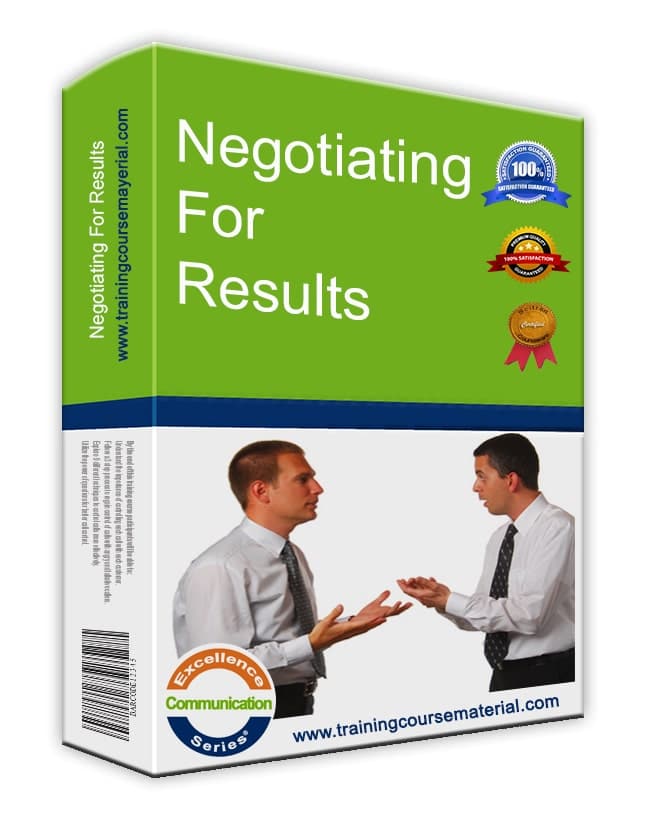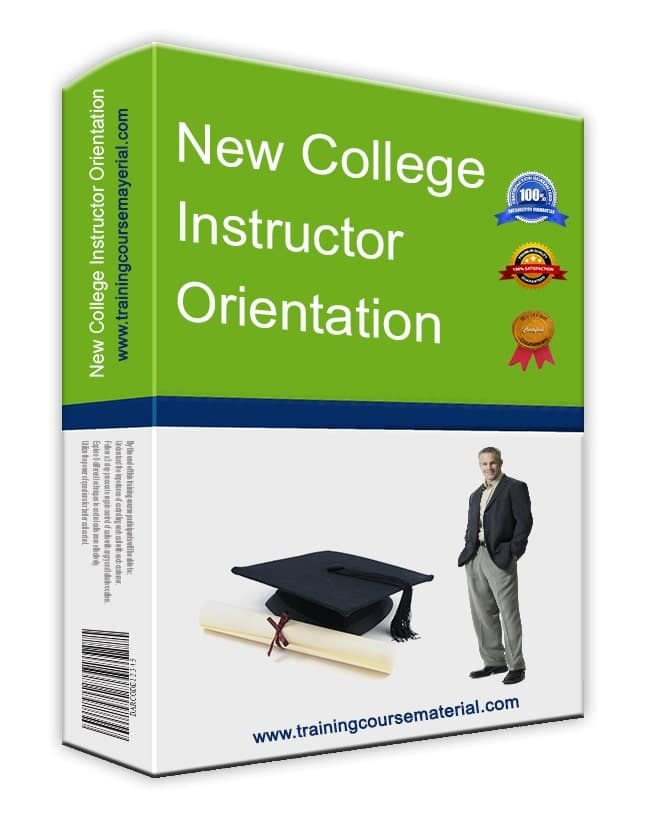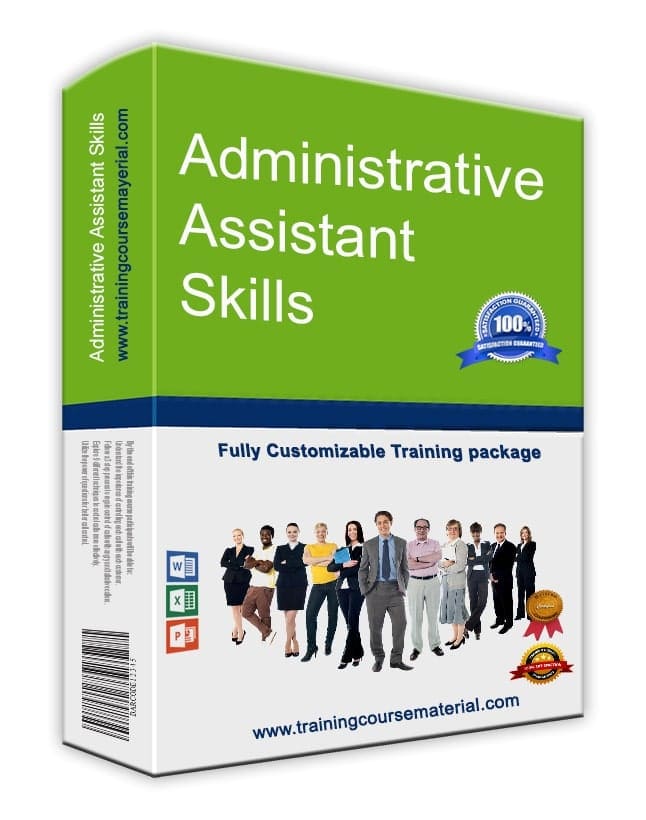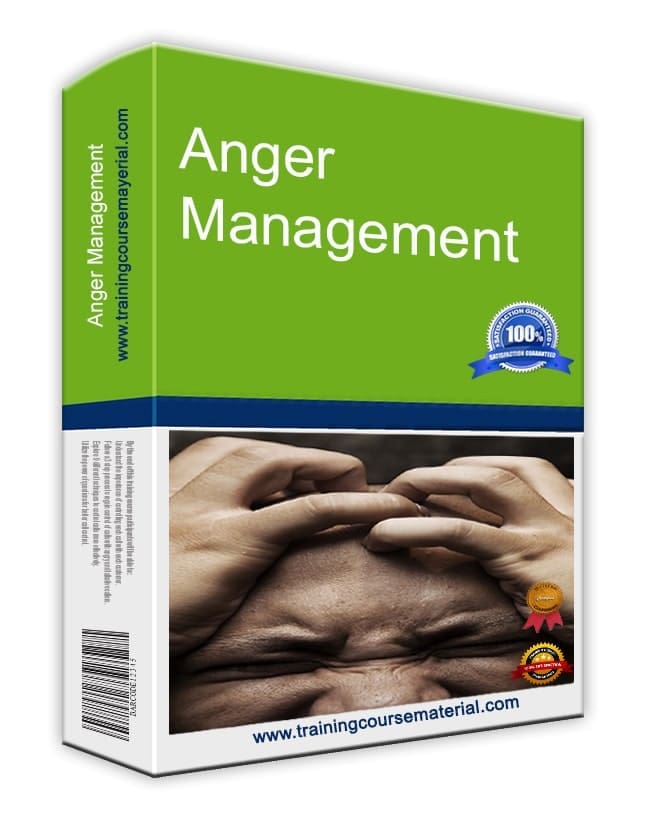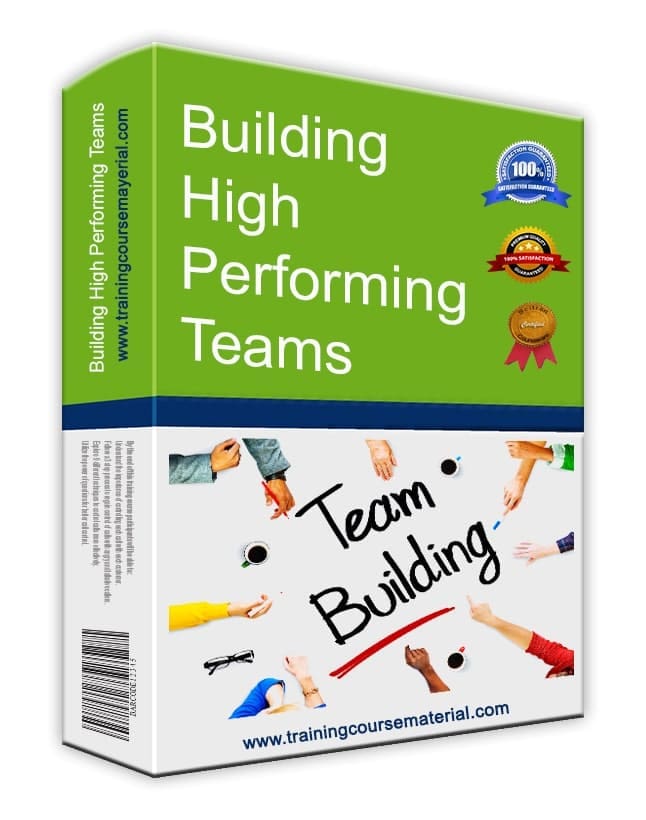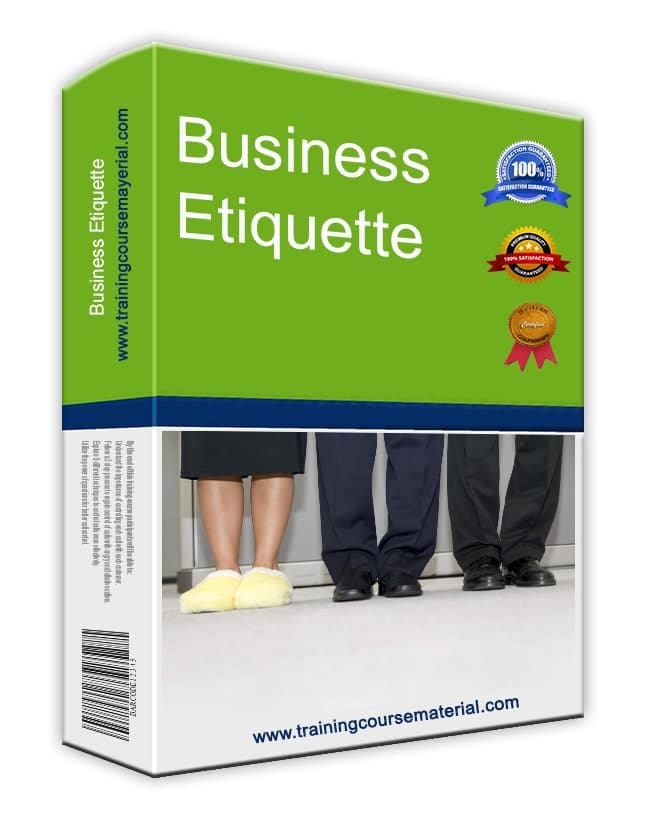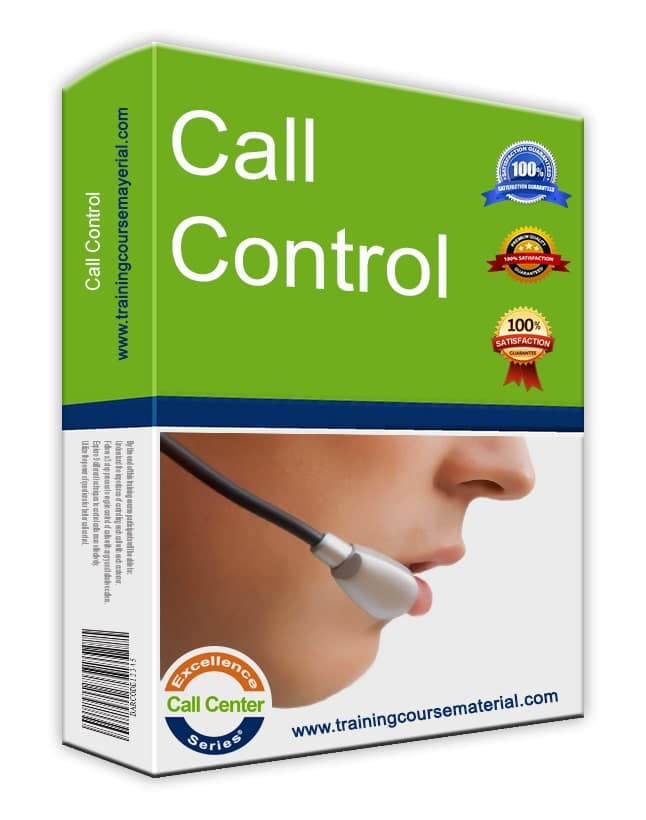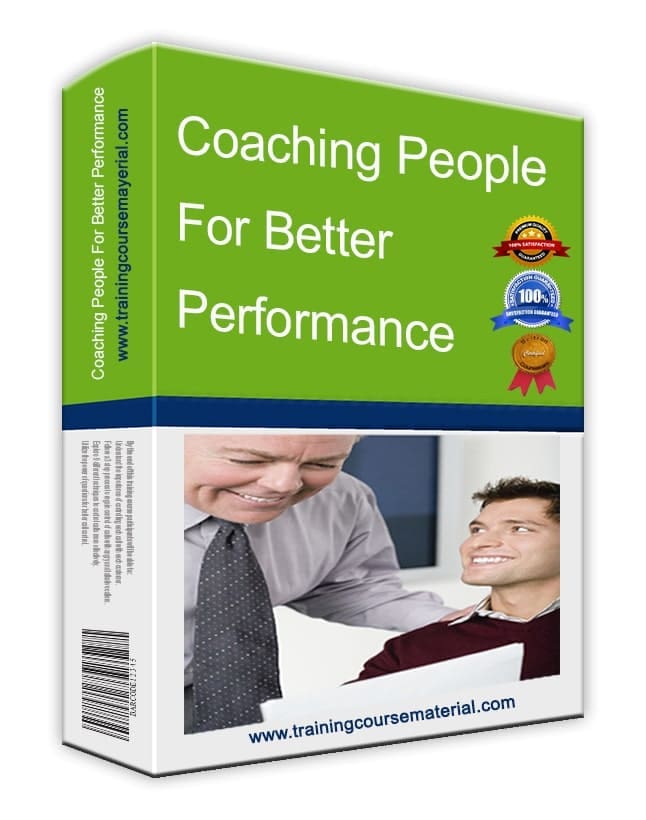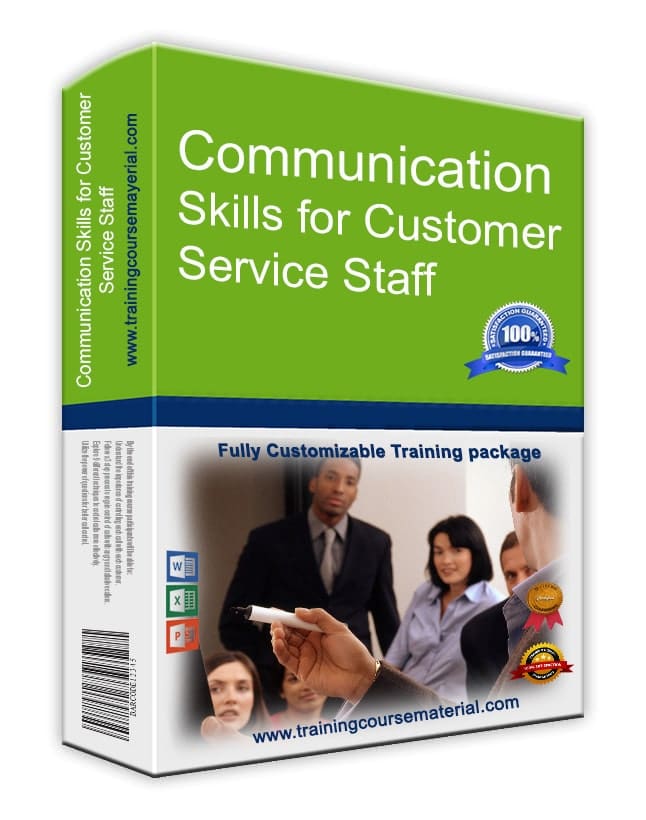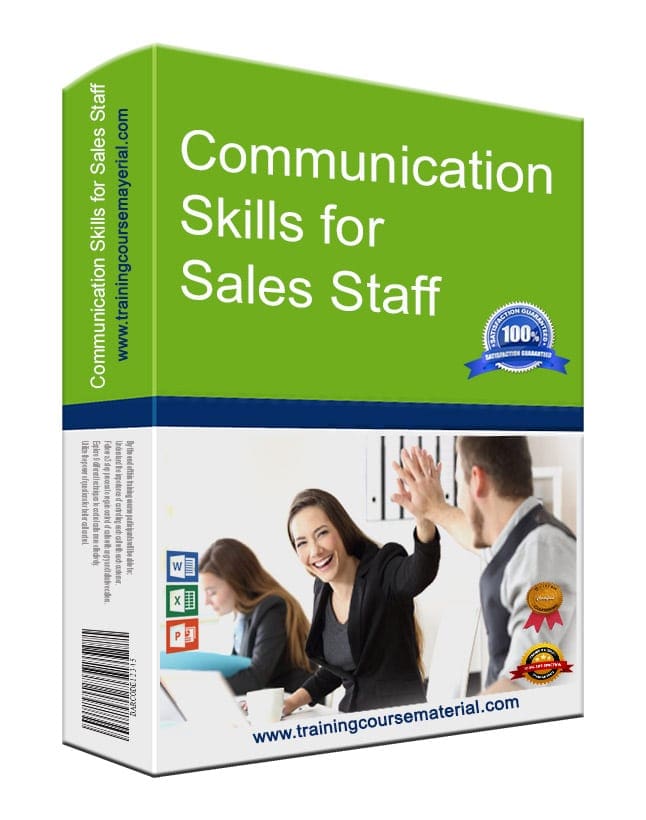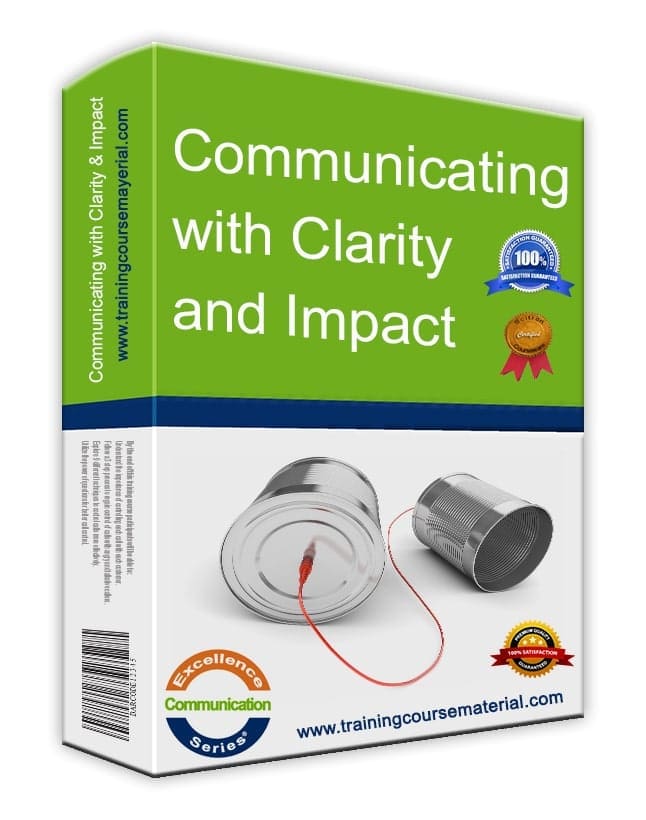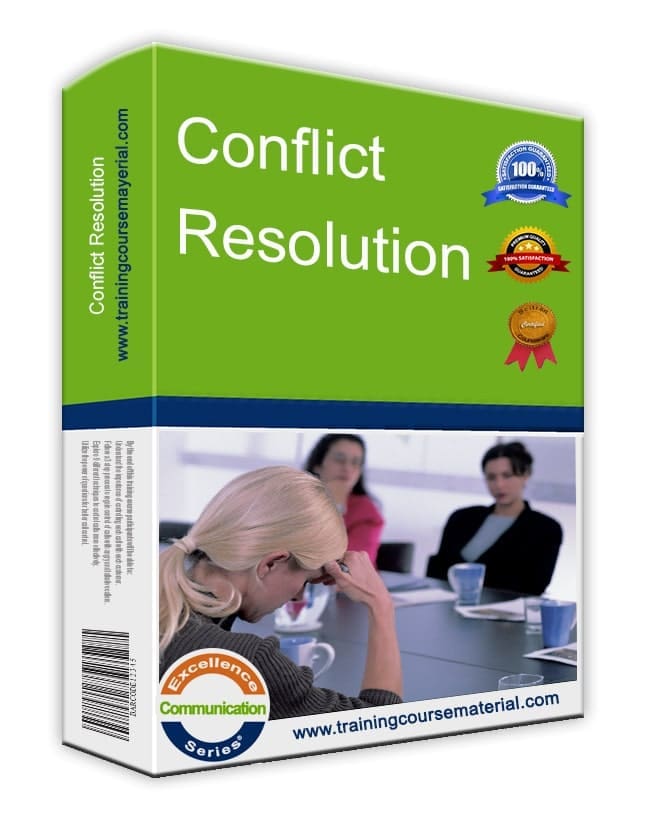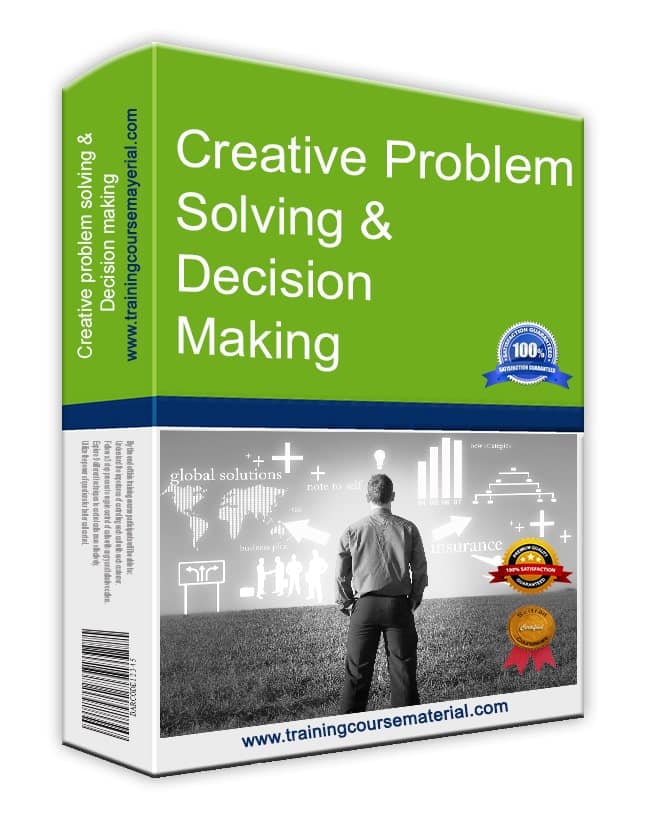Strategic clarity starts with understanding where your organization is headed and why it exists. That’s the role of vision, mission, values, and alignment. Together, they guide decisions, shape culture, and connect individual work to company direction.
🧭 What Is Strategy?
Strategy is about making conscious choices. It’s deciding how your company will position itself in a changing environment—and acting on that decision with clarity. Strategy helps you respond proactively, not reactively, to industry shifts and opportunities.
"In our work with leadership teams, we’ve seen that companies with clear mission and vision statements adapt more quickly and avoid costly missteps."
— Senior Consultant, TrainingCourseMaterial.com
🏛️ Mission, Vision, and Values
🎯 Mission Statement
Your mission statement explains why your organization exists. It focuses on the present—what business you're in and the customer needs you meet. A strong mission is written, clear, concise, and consistent. It should simply state who you are and why you’re here.
🌄 Vision
Your vision describes where you want to be in the future. It’s your ideal outcome—a big-picture, inspirational view of success. Great vision statements are bold and motivating. They show people the mountaintop you’re climbing toward.
Expert tip: Jim Collins refers to a great vision as a "BHAG"—a Big Hairy Audacious Goal. It should stretch your team and inspire innovation, while still being rooted in possibility.
💡 Values
Values are the principles that guide behavior and decisions. They're your company’s deeply held beliefs—passionate, enduring, and shared. Strong values influence everything from how you treat customers to what strategic moves you pursue. They shape culture and reinforce alignment.
- Communicate them — Share values company-wide in emails, posters, meetings, and onboarding.
- Train for them — Offer short sessions or lunch-and-learns on how to live each value.
- Reinforce them — Integrate values into performance reviews and daily conversations.
- Reward them — Recognize employees who embody company values in real ways.
- Hire by them — Use values-based interview questions to find strong cultural fits.
- Align them — Design policies and processes that reflect your values in action.
📌 Why It All Matters
- Focus your time — Prioritize high-impact work that aligns with strategy, not distractions.
- Spot real opportunities — Avoid false starts by knowing what fits your direction.
- Adapt faster — Shared direction helps teams respond quickly to change.
- Be proactive — Don’t just react—choose strategic moves in advance.
- Drive toward your vision — Strategy turns vision into action, not wishful thinking.
- Boost team commitment — When employees see the bigger picture, they’re more engaged.
🔭 Elements of an Effective Vision
- Audacious — Goes beyond what seems immediately possible.
- Built on strengths — Leverages your company’s unique capabilities and history.
- Future-facing — Clearly describes where you want to be.
- Inspiring — Sparks emotion, imagination, and drive.
- Motivating — Gives direction and keeps people moving.
- Purpose-driven — Makes people feel they’re building something meaningful.
📚 Related Training Resources
Written by TrainingCourseMaterial.com — a team of senior consultants and course developers with over 15 years of experience helping trainers and managers create alignment and leadership in the workplace.

